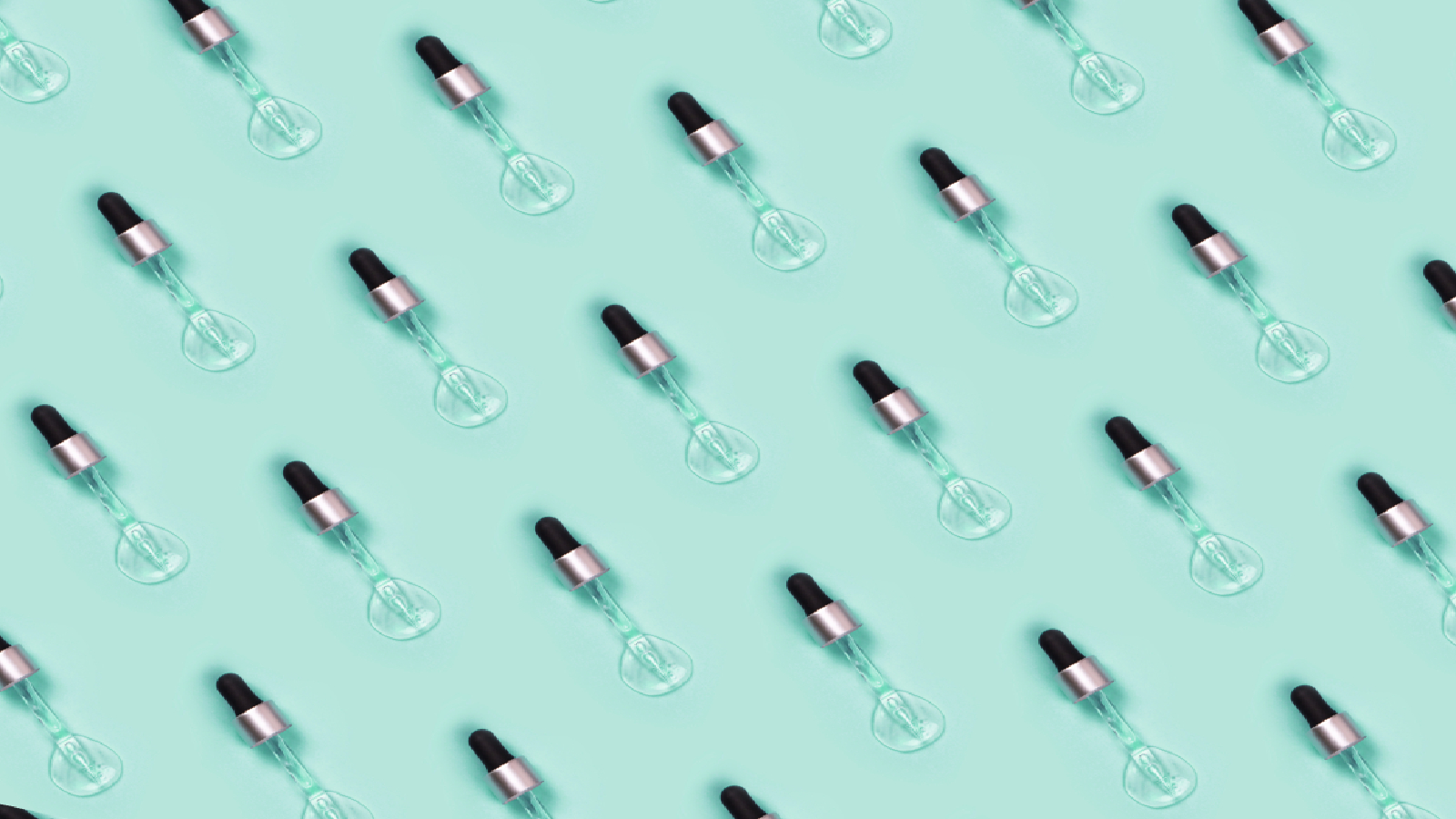What is glycolic acid and how does it work?
Learn the benefits of having a glycolic acid, an alpha hydroxy acid (AHA), in your skincare regimen


It's likely you've already seen glycolic acid on in of one or more of your exfoliators, toners, or creams. This popular ingredient has become more and more ubiquitous as of late, with countless beauty brands including it as a hero ingredient in most skincare products.
Here is everything you need to know about glycolic acid, as well as how it can benefit your skincare routine.
What is glycolic acid?
If you're looking in the market for a top-shelf exfoliating skincare product, chances are one of your fave picks has glycolic acid in it. In fact, popular brands like SkinCeuticals, L'Oréal Paris, Mario Badescu, Paula's Choice, The Ordinary, REN, and Fenty use it.
Glycolic acid (also known as hydroacetic acid or hydroxyacetic acid) is a common cosmetic and skincare ingredient and probably one of the most common alpha hydroxy acids (AHA). It comes from sugar canes and is known for being used in skincare products aimed at exfoliating and deep cleaning.
For this reason, products like face peels, the best cleansers, serums, and moisturizers have taken to include glycolic acid into their formulations for an extra boost in exfoliation and cell turnover.
Glycolic acid benefits
There's a good reason many beauty projects include this ingredient in their products, and it mainly has to do with how well it works as an exfoliator. But that's not the only perk for your skin.
After multiple uses, glycolic acid can:
Sign up to our free daily email for the latest royal and entertainment news, interesting opinion, expert advice on styling and beauty trends, and no-nonsense guides to the health and wellness questions you want answered.
- Treat acne
- Hydrate dry skin
- Work as a hyperpigmentation treatment
- Lessen wrinkles and fine lines
- Enhance skin texture and tone; encourage glow
As with any skincare regimen, visible results can take time—and a product with glycolic acid is no exception. It can take anywhere between four to six consistent applications of an at-home glycolic acid product or professional chemical peel, over the course of one to two months, before you see obvious improvements. Consistency is key for maximum results.
Glycolic acid side effects
When it comes to products you're introducing to your face on a daily basis, it's important for you to note the potential side effects that can occur. In the most common cases, side effects in earlier uses of glycolic acid can include the following, but should lessen and go away altogether after a few weeks of use:
- Tingling
- Itching
- Redness
- Skin irritation
In rarer cases, you may also notice severe:
- Peeling
- Drying
- Flaking
- Hyperpigmentation
If this is the case, then consider using another glycolic acid product with a lower percentage of the ingredients, or talk to your dermatologist about whether it's the right beauty ingredient for you.
As far as what percentage is more ideal for a beginner user, skincare brand Paula's Choice informs users that it should be formulated at a pH between 3 and 4, which is considered the optimal range for it to exfoliate, according to the brand's website on glycolic acid use. Concentration matters, too; amounts between 5 and 10 percent of glycolic acid are ideal
There are also 10-20 percent amounts, but you should always discuss these options with your dermatologist since it has the potential to become unsafe if not paired with one of the best facial sunscreens that offer protection.
When to use glycolic acid (AHA) (and when not to)
You can use products with glycolic acid as long as it is infused in a product (its purest form can cause burning and irritation), your skin is naturally oily, or it's incorporated into your skincare night routine—and not in the morning, or else your face will be up to 50% more sensitive to sunlight. And as for the big question - how often should you exfoliate your face with glycolic?
As for when you shouldn't incorporate the beauty ingredient into your daily routines, that depends on a few things. It depends on whether you have sensitive skin or you have rosacea, since both can amplify the irritation on your face.
As for women who are pregnant or breastfeeding, glycolic acid is safe as long as you keep it at 7%, according to Dr. Laura Nicholas.
What you can/cannot use with GA
According to Dermstore, ingredient mixes like glycolic acids (AHAs) and salicylic acids (BHAs) are great for pairing to get the right results, whereas Dr. Shainhouse says "it's not ideal to have [AHAs/BHAs and Vitamin C] in your daily skincare arsenal because combined, they might not provide the antioxidant benefits that you're hoping for — rendering it inactive."
How to use and apply glycolic acid
Make it a daily and evening routine and adhere to the following guidance:
- Wash your face before use.
- Use a treatment pad to apply the product to your face (how much depends on your product).
- Set your timer according to the instructions.
- Rinse and repeat every night—following with a moisturizer with SPF in the morning.
Since this ingredient is an exfoliator, it is known to cause dryness. Therefore, we suggest using products that contain moisturizing ingredients to help offset the effects of the acid. As with any new product you start using, make sure you conduct a patch test to prevent any unwanted and unexpected reactions.
A lifelong creative writer and beautyphile, Eunice Lucero-Lee graduated from De La Salle University in 2002 and was hired a year later to front all beauty coverage for Pink Magazine. A beauty, astrology, and pop culture obsessive and insider for over 18 years, Eunice is an internationally published editor (and now certified astrologer) whose work has been featured in publications such as Cosmopolitan, Esquire, and The Numinous, among many others.
